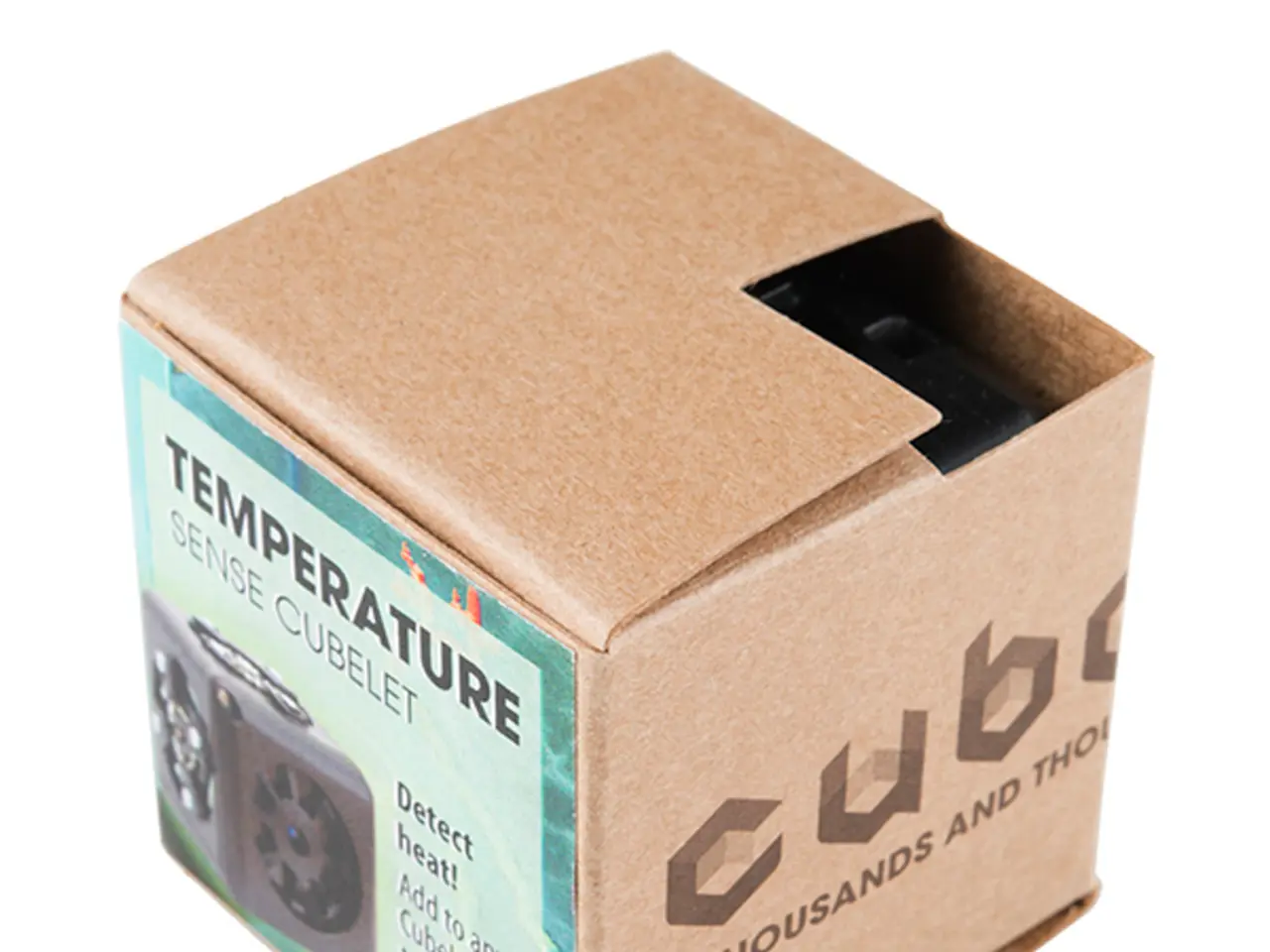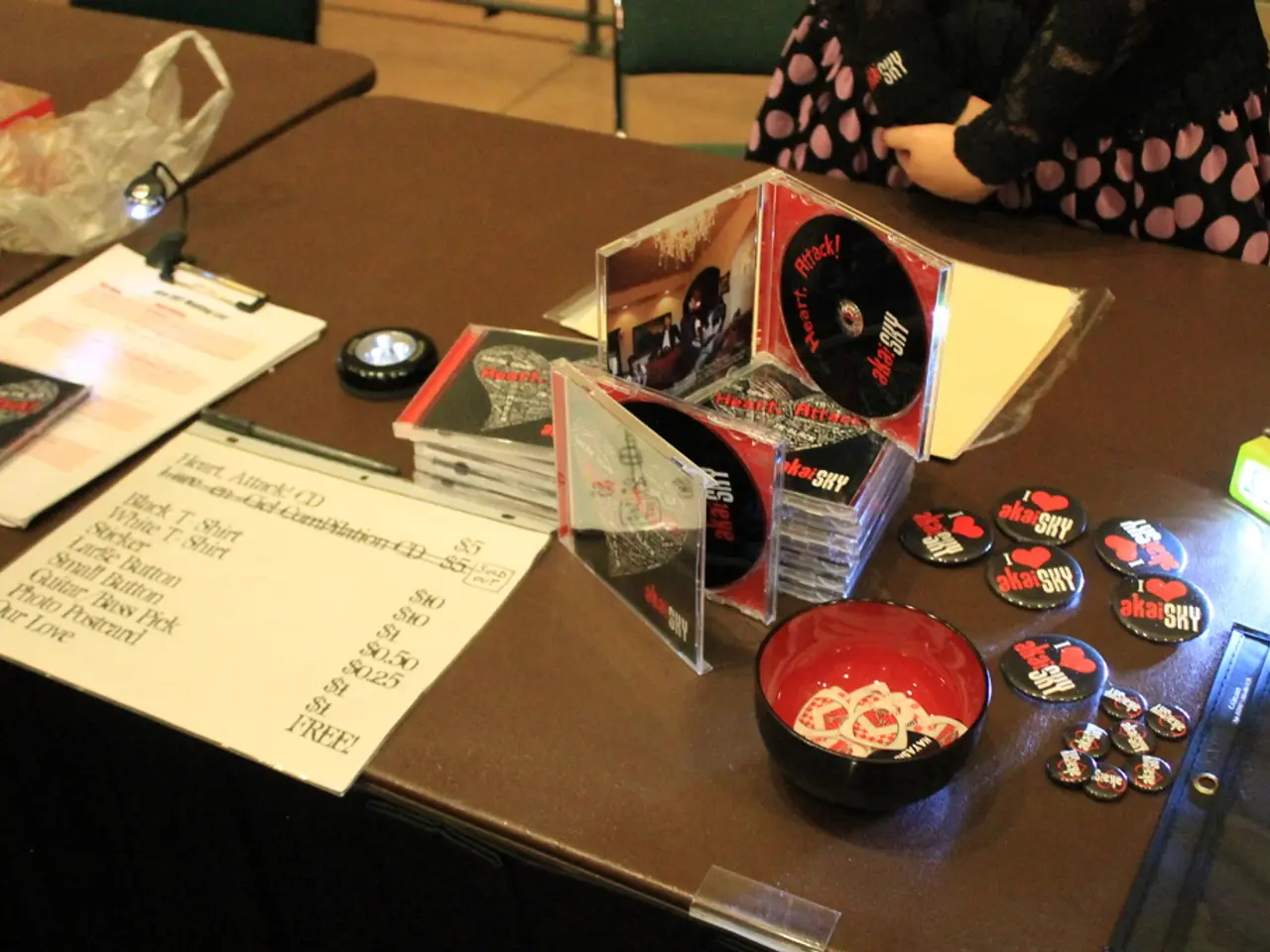Computer Overheating Prevention: Ensuring Adequate Airflow for Optimal Performance
In today's digital age, laptops have become an integral part of our lives. However, like any electronic device, they are susceptible to overheating, which can cause damage to both hardware and data. To ensure your laptop remains in top condition, here are some practical steps to effectively cool and maintain its hardware, preventing overheating.
**Key Practical Steps:**
1. **Keep Air Vents Clean and Unblocked:** Dust buildup blocks airflow and insulates heat inside. Regularly clean the vents using compressed air or a soft brush to prevent dust accumulation and maintain proper ventilation.
2. **Use a Laptop Cooling Pad:** These pads provide additional airflow from underneath the laptop, helping dissipate heat more effectively. Cooling pads often have multiple fans and adjustable heights to promote better ventilation and ergonomics.
3. **Elevate the Rear of Your Laptop:** Even without a cooling pad, elevating the back of the laptop by a few inches improves airflow underneath, reducing heat buildup. Use laptop stands or simple DIY items such as bottle caps or books to lift the rear and enhance ventilation.
4. **Avoid Using Your Laptop in Hot Environments:** Keep your laptop out of direct sunlight and avoid placing it on soft surfaces like blankets or pillows that trap heat. Use it in a well-ventilated, air-conditioned room to keep ambient temperatures low.
5. **Limit Intensive Loads and Close Unnecessary Programs:** Running multiple heavy applications increases CPU/GPU usage and heat generation. Close non-essential programs, disable startup apps, and use lighter software alternatives where possible to reduce internal heat production.
6. **Tune Fan Profiles and BIOS Settings:** Many modern laptops allow customization of fan speed curves via BIOS or system utilities. Setting more aggressive fan profiles can improve cooling at the expense of slightly more noise but prevent overheating during demanding tasks.
7. **Regular Maintenance and Updates:** Apply BIOS and driver updates from the manufacturer’s website to improve thermal management features. Also, keep internal thermal paste fresh if you're comfortable with hardware maintenance, as degraded paste reduces heat conduction efficiency.
**Additional Tips:**
- Avoid charging or using the laptop on soft surfaces that block vents. - Give your laptop regular breaks during intensive use to cool down. - Ensure your laptop is placed on a hard, flat surface to facilitate heat dissipation.
By combining good physical ventilation practices, using cooling accessories, managing system load, and maintaining software and hardware health, you can greatly reduce the risk of laptop overheating and extend its hardware longevity.
It is advisable to place devices on a hard, flat surface for better cooling. Over time, fans accumulate dust, which hinders ventilation and exposes computers to higher temperatures. Removing some dust from the outside is possible, but most dust is found inside the housing. Even a brief use of a vacuum cleaner can remove a significant amount of dust from the ventilation slots, reducing the dust accumulation.
When using a vacuum cleaner, do not attach the suction tube directly and avoid sucking directly on fan wheels. Using computers during cooler hours can help in reducing the risk of overheating and potential damage. A large cutting board from the kitchen or something similar can also serve as a flat surface for laptops to improve their cooling. Using soft pillows, cushions, or blankets as a surface for devices can lead to overheating as there is hardly any air for cooling.
By following these tips, you can ensure your laptop stays cool and performs optimally, providing you with a reliable companion in your digital endeavours.
Technology plays a significant role in maintaining the cooling and longevity of laptops. Using a laptop cooling pad and elevating the rear of the laptop are practical steps that leverage technology to enhance airflow and dissipate heat effectively. Additionally, customizing fan speed curves via BIOS or system utilities using technology can improve cooling at the expense of slightly more noise but prevent overheating during demanding tasks.




